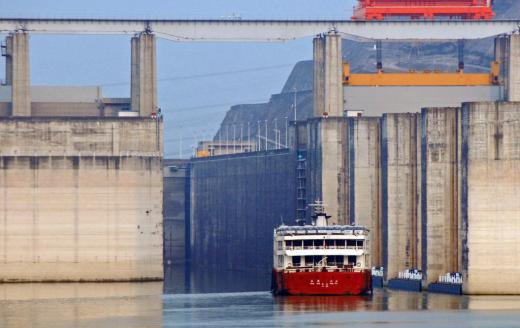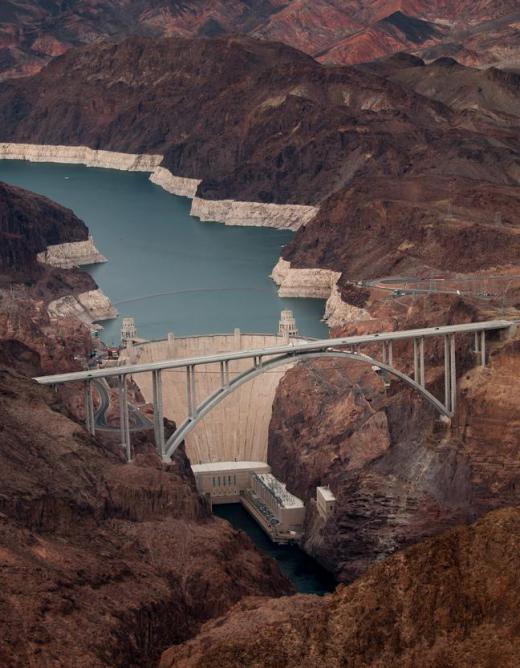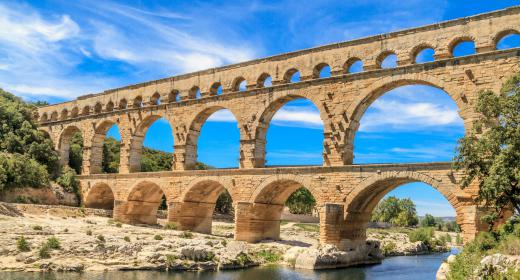What Is Hydrology Engineering?
Hydrology engineering is the design and construction of equipment and structures to monitor, control and store water. The term “hydrology” refers to the relationship of water to the environment. A hydrology engineer uses engineering principles to design dams for water containment, pumping stations for distribution and levees and bulkheads for flood control.
Early applications of hydrology engineering can be traced back thousands of years. Dams were built on the Nile River to control flooding. The Greeks and Romans built aqueducts and canals to manage water supplies to their cities. Earthworks were built by early civilizations to control river flooding. Water control gates and valves were used to flood or irrigate fields when river levels were adequate, and pumps were designed to move water from rivers or lakes to fields that needed irrigation.

The industrial revolution brought a more structured approach to hydrology engineering. Water was used to power grain mills and simple mechanical devices. Dams and piping were needed to supply growing cities with fresh water, and electricity was generated from these same storage systems. Sanitary systems were needed to manage a growing waste problem. Growing cities expanded into areas that were undeveloped because of flooding or high water tables, resulting in the need for flood and drainage control.

The roles of the hydrologist and hydrology engineer diverged to a certain extent during the 20th century. Hydrologists typically are more focused on water resource management, flood planning and the impacts of weather on the balance of water in a given region. Hydrology engineers use the research and estimates of hydrologists to design and build the systems that provide water, remove waste, control flooding and provide storage for current and projected water needs.

A growing interest in hydrology has resulted in some universities recognizing hydrology and hydrology engineering as degree programs. Many hydrologists and engineers who have graduated since the 1930s might have studied civil engineering and pursued their interest in hydrology after graduation. Hydrology engineering also is critical for proper design of agricultural irrigation and flood control and has resulted in university studies connecting agricultural engineering and hydrology.

Hydrology engineering affects many other areas around the world. Flood control and river flow management affects bridge design. Harbor and port designs constantly change to accommodate new cargo and passenger ships. Changing global climate in the 21st century and beyond might require massive flood control redesign if proposed global warming estimates become a reality and sea levels rise as predicted. As food production becomes critical in many parts of the world, hydrology engineers and water resources engineers might have a growing responsibility to provide adequate water supplies.
AS FEATURED ON:
AS FEATURED ON:















Discuss this Article
Post your comments